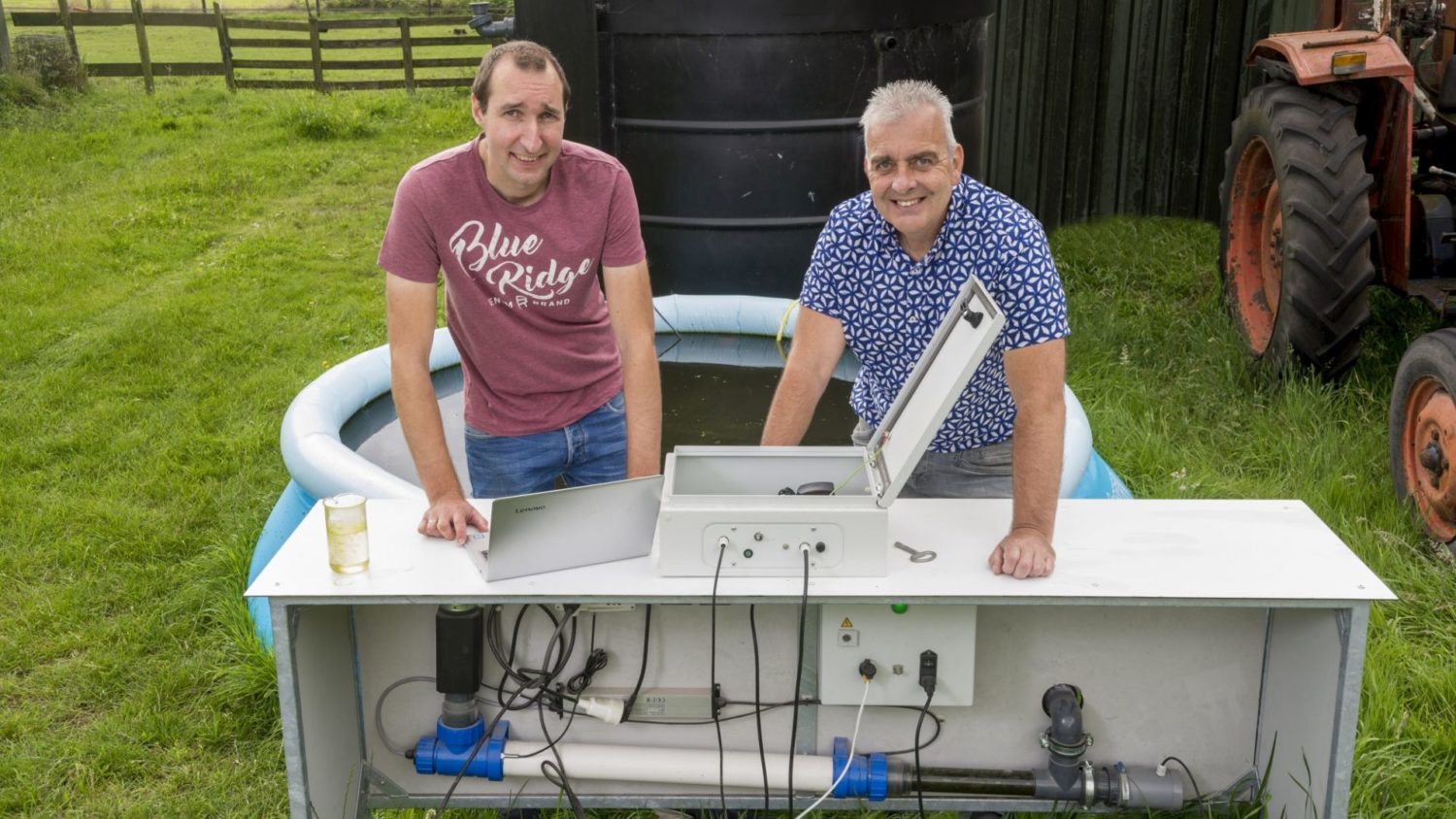Wetsus
Aquacolor Sensors originated from an idea of Frank Akkerman. On his poultry farm, he increasingly noticed that the water quality in the drinking water lines was not in order. The considerable length of those water lines, to which drinking water nipples for the poultry are attached, combined with the high temperature in the barn, quickly causes biofilm, a slime layer of bacteria and fungi, to form. And yes, that contaminated water obviously does not benefit the health of the animals. "Frank saw that taking a sample already gave a pretty good picture of the water quality," Mateo says.
"Simply by looking at it. That should be possible with a sensor too, he thought. With such a sensor you can continuously measure the water quality and thus anticipate all kinds of bacterial growth in good time. He then went to Wetsus and that's where we came into contact in 2012. Shortly before that, I had joined Wetsus with my company EasyMeasure, which realizes products in the field of water purification and early warning sensor systems. Hence we were connected. Together we started developing a sensor, initially in a wood-powered manner. When it was satisfactory, we designed a professional housing around it. Six months later we had a well-functioning sensor for Frank's poultry farm that we then also marketed.'


